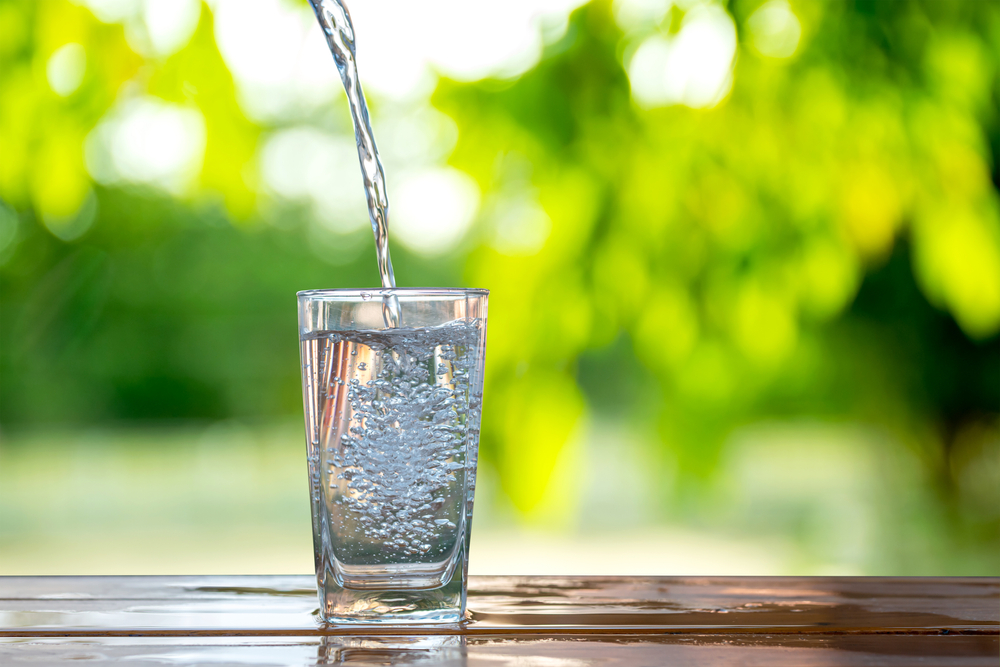UNSW Sydney research discovery may help to alleviate global water crisis
In an Australian first, a patent has been lodged by UNSW Sydney for life-saving water technology that could save drought-stricken communities and those living in water stress around the world.


